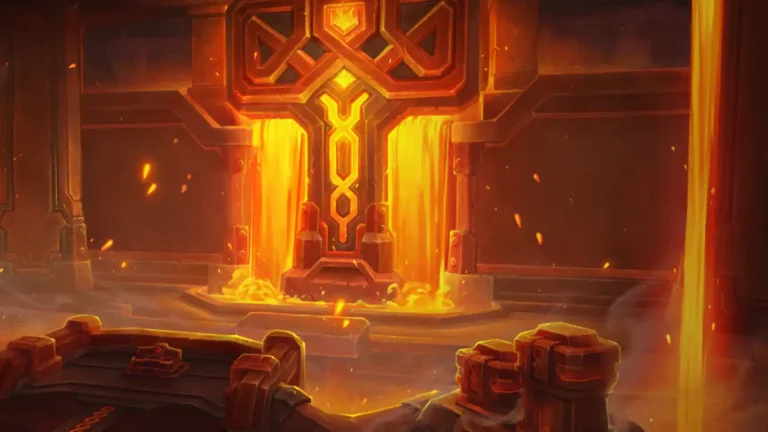As soon as players have finished all 10 Act’s of the Campaign, they will unlock the new Map Device. This device allows players to insert Maps and explore the Atlas.
The Atlas & Maps
Immediatly after finishing the Campaign, Kirac will offer players a Map as their reward for killing the final boss of the Campaign. Players will insert the Map into their Map Device and open 6 Portals to their chosen Map.
Whenever players use a portal, is has been depleted and are left with one of six maximum portals left. Whenever a player dies while in a Map, they respawn in their Hideout or in the Town, requiring to use another portal to their Map. As soon as all portals are used, the Map is no longer accessable and all progress and remaining loot in this map is lost.
There are 16 differnt Tier Levels of Maps, indicating different difficulty levels.
Additionally, Maps can have different rarities, similar as Gear. They will also include more modifiers to a Map, the higher the rarity is. Maps can also be corrupted, adding even more modifiers or changing them unpredicatbly. Maps can also increase in quality by using Cartographer’s Chisel‘s.
Players can also use certain Fragments to further increase the difficulty of maps, while also adding additional rewards to it. As soon as players defeat their first Bosses, they will earn specific Voidstones they can permanently socket into their Atlas (Default Button: G), which can additionally provide more rewards/difficulty.
The Atlas Talent Tree
The Atlas Talent Tree (Default Button: Shift-G) offers players a new Talent Tree which they can specialize their playstyle towards specific League Mechanics. Atlas Talent Points can be achieved by completing all Maps in the game with increased difficulty
- Tier 1-5 Maps: Requires atleast Magic Rarity
- Tier 6-10 Maps: Requires atleast Rare Rarity
- Tier 11-16 Maps: Requires atleast Rare + Corrupted Rarity
- Unique Maps: Requires just regular completion
Those Atlas Talent Points do not necessarily increase any character power, but instead empower specific League Mechanics in the game, offering higher rewards. With these Atlas Talent Points, you can also empower certain Unique Boss Maps in order to activate their Uber-Variant, which are considered the hardest bosses in the game.
Bosses and Uber-Bosses
There are many Boss Maps to be found in Path of Exile. Those Bosses are considered the hardest enemies in the game, yielding very unique and expensive items that can only be rarely obtained after defeating them.
To be able to defeat those Bosses, players have to reach a very high level and have a smartly configured Build which outputs a lot of damage and survivability.
These bosses can only be accessed by inserting multiple specific fragments or a unique map into your Map Device. Depending on which Boss, this requires a lot of previous farming, or specific smaller Boss kills.










